ITER (originally the International Thermonuclear Experimental Reactor) is an engineering marvel. ITER is an international nuclear fusion research and engineering megaproject located in Cadarache, north of Aix-en-Provence in southern France.
It’s considered to be one of the most ambitious energy project in the world where 35 nations including European Union, USA, India, China, Japan, South Korea and Russia have joined forces to collaborate closely to complete this amazing mega-project. All Members share in the cost of construction.
ITER Project Complex
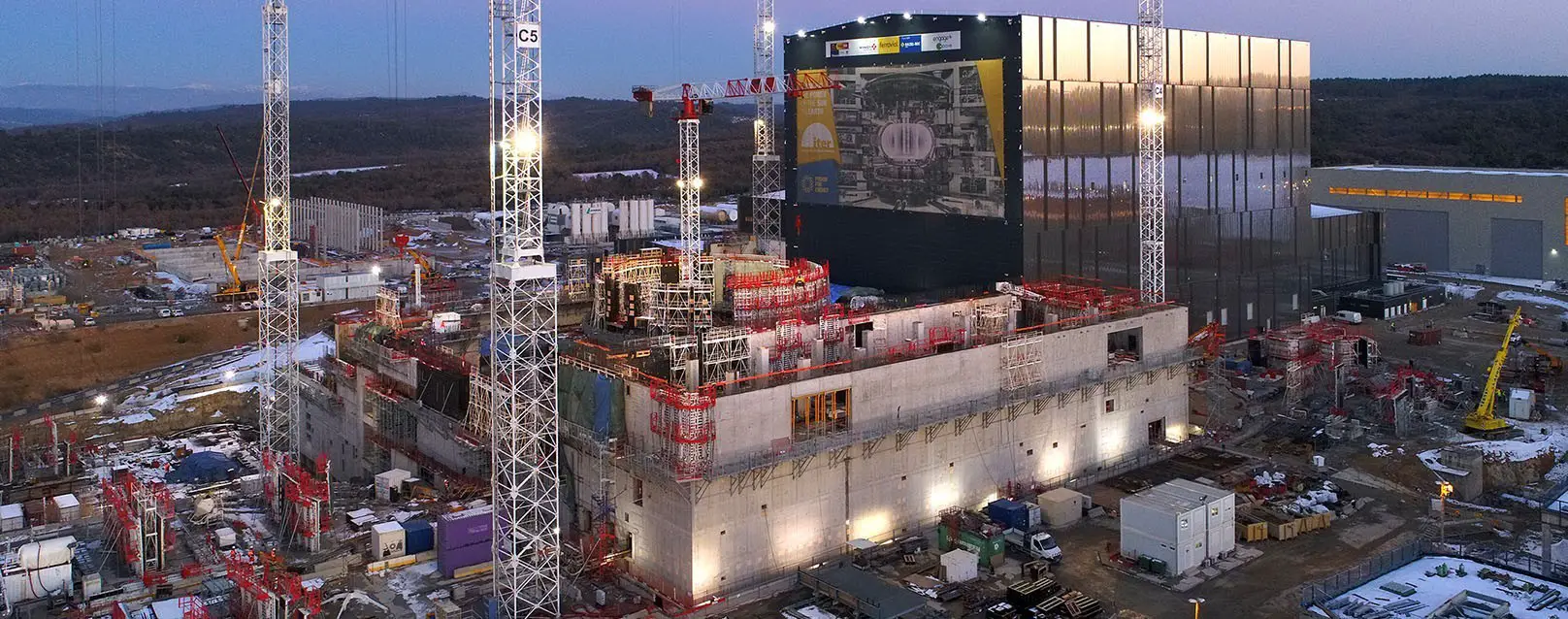
The main building will house the world’s largest Tokamak reactor, a cylinder 28 meters in diameter and 29 meters high, weighing no less than 23,000 tonnes. Along with two neighboring auxiliary buildings, the complex as a whole will be a reinforced concrete structure measuring 120 meters long, 80 meters wide, and 80 meters high.
Other structures of the complex include an assembly building, a two-story building, and several industrial buildings. The project also calls for large-scale nuclear doors (measuring 4m x 4m and weighing 40 tonnes) that are resilient to radiation and extreme pressure.
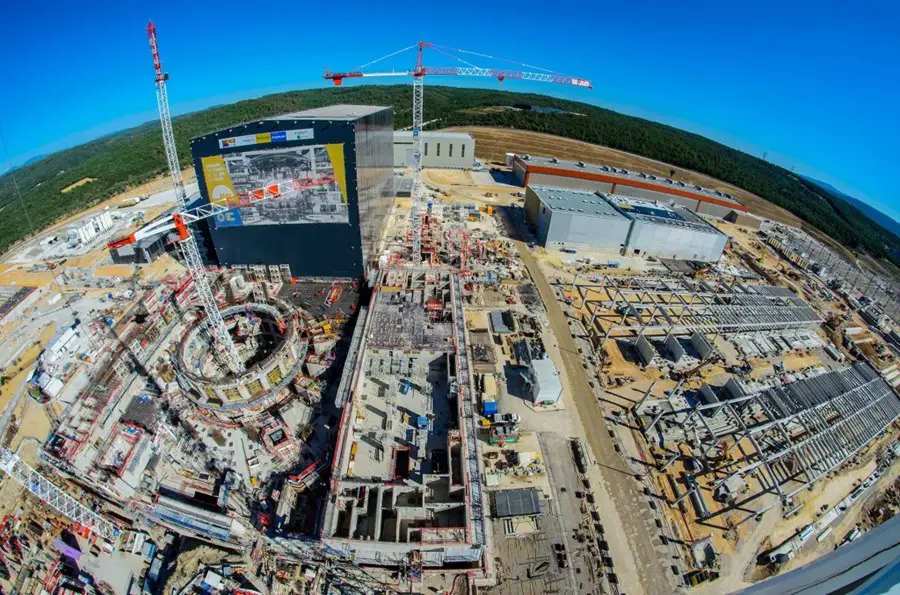
According to Vinci Construction, the company responsible for the construction of the ITER project, some 16,000 tonnes of steel reinforcement, 150,000 m³ of concrete, and 7,500 tonnes of metal will be used to create all of the required structures.
Technical Overview of ITER Project
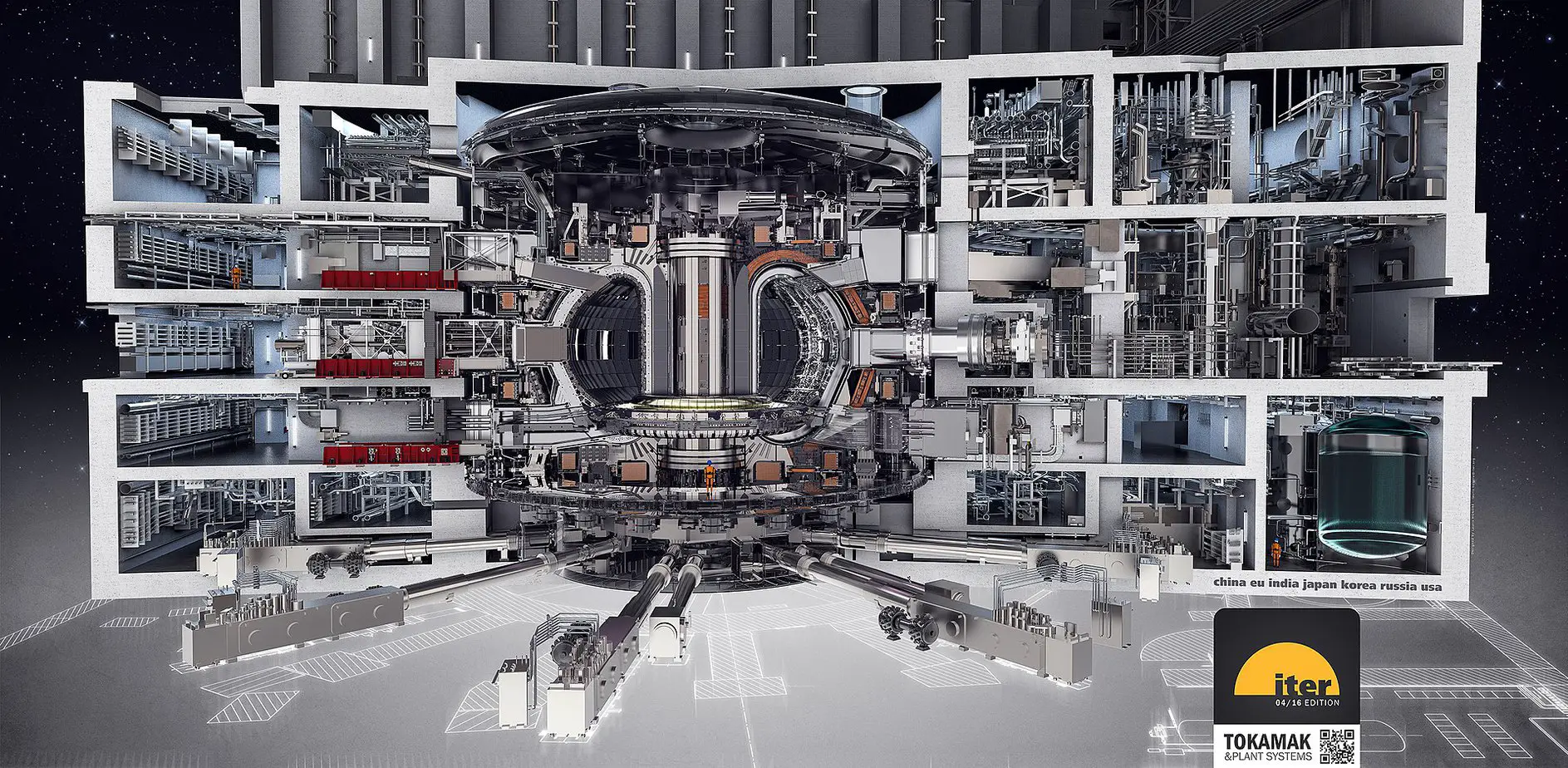
Current nuclear energy plants rely on fission process, where a heavy chemical element is split to produce lighter ones. Nuclear fusion, on the other hand, works by combining two light elements to make a heavier one which releases a vast amount of energy with relatively less amount of radioactivity.
The €20bn (£18.2bn, $23.5bn) ITER project aims is to build the world’s largest tokamak, a magnetic fusion structure that has been designed to prove the viability of fusion as a large-scale and carbon-free source of energy based on the same principle that powers our Sun and the stars.
ITER will also be the first device to produce net energy gain, the thermonuclear fusion reactor has been designed to create a plasma of 500 megawatts (thermal) for around 20 minutes while 50 megawatts of thermal power are injected into the tokamak, resulting in a ten-fold gain of plasma heating power. ITER will not capture the energy it generates as electricity, but—as first of all fusion experiments in history to produce net energy gain—it will prepare the way for the machine that can.
In addition, ITER will be the first fusion device to test the integrated technologies, materials, and physics regimes required for the commercial generation of fusion-based electricity.
ITER Project Progress

Last Tuesday (Jul 28, 2020) ITER project began its five-year assembly phase. After this is finished, the facility will be able to start generating the super-hot “plasma” required for fusion power, which is expected to be generated in late 2025.
Millions of components will be used to construct the giant reactor tokamak. Nearly 3,000 tonnes of superconducting magnets, some heavier than a jumbo jet, will be connected by 200km of superconducting cables, all kept at -269oC by the world’s biggest cryogenic plant.
Thousands of engineers and scientists have contributed to the design of ITER since the idea for a joint international experiment in fusion was first launched in 1985. ITER which utilizes Fusion technology promises an inexhaustible supply of clean and safe power which will also help address the climate change challenge.




![Types of Engineers and What they Do [Explained]](https://www.engineeringpassion.com/wp-content/uploads/2022/04/types-of-engineers-and-what-they-do-280x210.jpg)
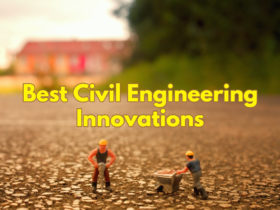


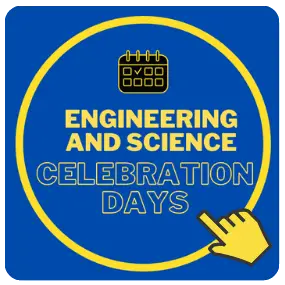
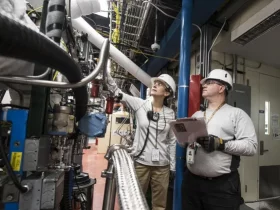
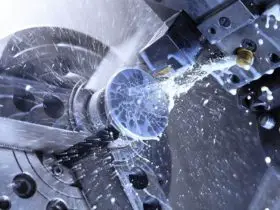
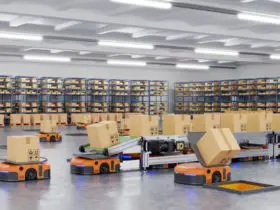
am impressed
it’s a great job you are doing
success
Thank you.